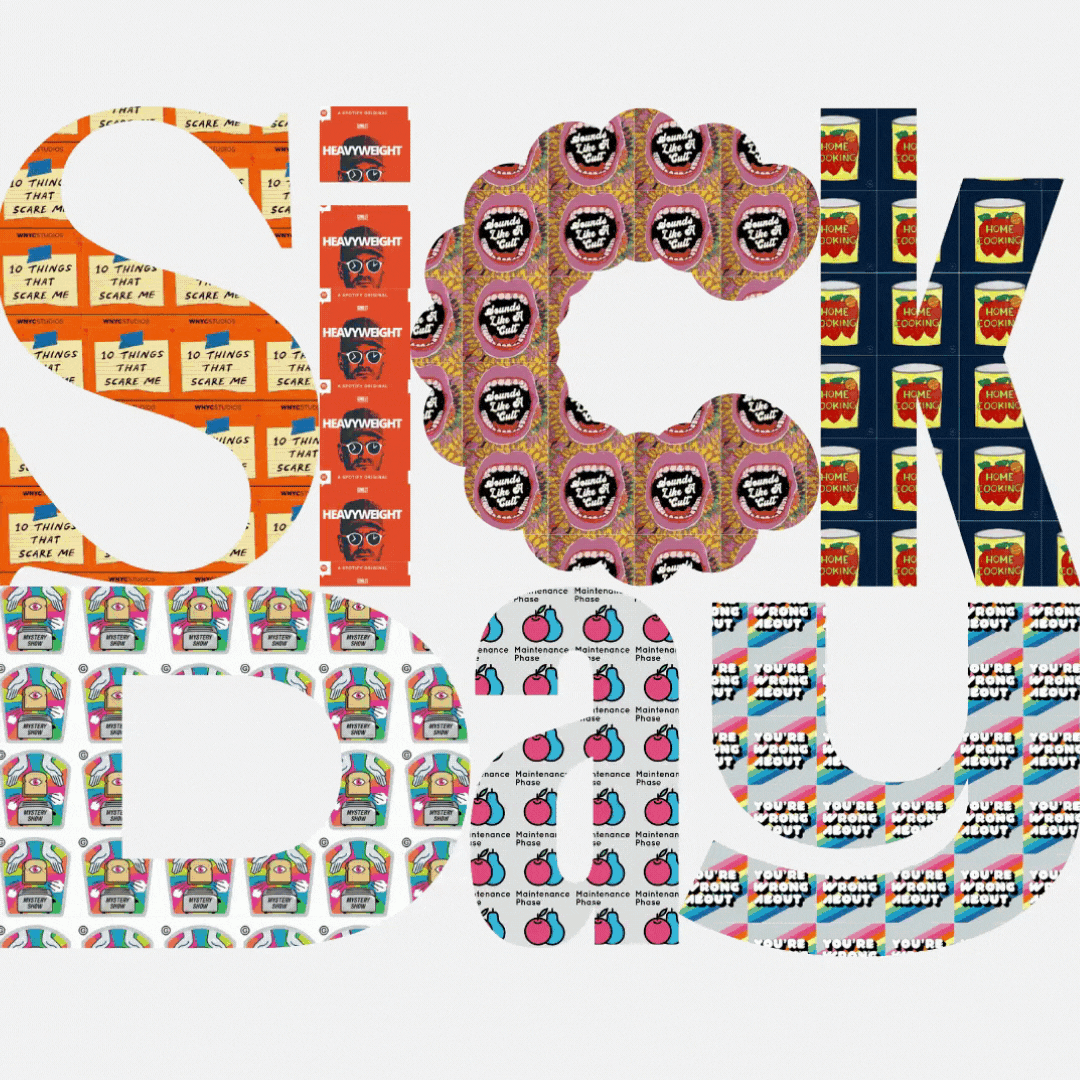Sonic Sovereignties: Indigenous Podcasting
In 2008, Ryan McMahon sat down in front of his newly unboxed MacBook to write his first law school paper. But instead of writing that paper, he stumbled upon GarageBand, a digital audio workstation. It was an accidental recording of McMahon’s own voice that led him to become a pioneer of Indigenous podcasting in the land now known as Canada.
McMahon is comedian, writer, and community activator from Couchiching First Nation in Treaty 3 Territory. He is hailed for bringing Indigenous stories, voices, worldviews, and politics to the forefront of Canadian media. In 2018, he produced Thunder Bay in partnership with Canadaland. The show has garnered particular national acclaim with over one million downloads globally, and landed on many “best of podcasts” lists. Now in its second season, the podcast is an investigation into the everyday realities of crime, violence, and colonialism faced by Indigenous youth in the Northwestern Ontario city.
Though traditional radio broadcasting is still a vital part of daily life for many Indigenous communities, over the last ten years podcasting has emerged as a more accessible alternative. Audio creators can avoid institutional and fiscal obstacles associated with traditional broadcasting. Podcasts have a low-production cost, they are more portable, and downloading is an indispensable tool for communities with minimal broadband access. Thunder Bay is just one example of a larger movement by Indigenous creators, journalists, and activists, who tell stories that are often underreported in Canada’s mainstream media outlets.
One of the first Indigenous community radio stations was founded in 1964 at Pond Inlet on Baffin Island, Nunavut. Broadcasts were generated through mostly scavenged radio equipment. The station was discovered when two pilots flew over the area, and eventually it was dismantled by the Board of Broadcast Governors. The station, which was deemed “illegal” by the Board, created a blueprint for community broadcasting, and stations like CINC-FM in Manitoba were born.
These do-it-yourself unlicensed radio operations were necessary because federal funding for programs outside of the CBC were largely inaccessible to independent organizations. It wasn’t until 1960 that CBC hired its first hosts who spoke Inuktitut and Dene, which offered Indigenous-language programming to several Northern communities. By 1972, only 17 percent of CBC’s shortwave service was in Inuktitut—which is just one of more than 70 Indigenous languages spoken in Canada. Efforts to get Indigenous languages onto CBC airwaves continues today—in 2019, CBC reporter Jordan Konek was the first person in the history of CBC to broadcast a story on The National in the Inuktitut language. (Listen to the clip below!)
Today, most Indigenous broadcasting networks operate under a ‘Native Type B’ radio license and are governed under the Indigenous Broadcasting Policy (1990). This policy was introduced by the federal government in response to Indigenous activists concerned over the assimilationist nature of Canadian programming in Indigenous communities. The policy and its licensing guaranteed Indigenous media networks their right to independent ownership, production, and language use.
Once these licenses are obtained, however, they are often impossible for communities to maintain. The Aboriginal Voices Radio Network, a non-profit that aimed to connect Indigenous peoples in urban areas to their culture and community, suspended it service in 2015 due to non-compliance with Canadian Radio-television and Telecommunications Commission (CRTC) regulations. This non-compliance, more often than not, is the result of shortages in the funding that is essential to operation.
The Indigenous Broadcasting Policy opened many doorways—and closed others. Although it was fundamental to the growth of over 50 radio stations, the regulations it creates for local outlets places an undue burden on the individuals working tirelessly to keep them running. The important work done through radio and television shows—linking individuals to their families, relaying weather notices in remote areas, recording oral histories, and making space to heal from trauma—is continually outweighed by the costs of staffing, rental space, and equipment. (Operation costs depend on where the station is located. A station’s budget can range from a few thousand dollars up to six figures).
A 2019 UNESCO study found that Indigenous media organizations in Canada are moving towards online content creation to connect to younger and geographically dispersed generations. Language preservation and retention were a key priority for many Indigenous radio stations, like Nuxalk Radio, which broadcasts from the Nuxalk village of Q'umk'uts' (Bella Coola) in British Columbia. Podcasts are one way for Elders and hereditary leaders to pass down songs, stories, and the Nuxalk language itself.
It’s not just in Canada that podcasting is becoming an integral part of Indigenous language and cultural revitalization efforts — it is around the world. The Australian Broadcasting Corporation produces Word Up, a podcast that addresses the loss and reclamation of Indigenous languages across Australia. Lexicon Valley, Slate Magazine’s podcast about language, has an episode about Indigenous languages. And Lindsay Does Language explores Guaraní, an Indigenous language of Paraguay. The New York Times has compiled a list of Indigenous podcasters.
Credit: Indian & Cowboy website
Beyond language preservation, podcasting also offers space for storytelling. McMahon founded the Indian & Cowboy podcast network in 2014, a pivotal expansion in the Indigenous podcasting space. “We were unfunded but committed. We were staff-less but driven. We had voices but had nowhere to use them,” McMahon wrote in February.
The network became the first member-supported Indigenous podcast network in the world. It has since maintained its position as a leader in the space—an independent online media ecology run by, for, and about Indigenous people. Their hosts are committed to storytelling as a mode of decolonial teaching, communication, and community building.
There are also journalists in traditional radio making changes. At CBC, Connie Walker, host of Missing and Murdered: Finding Cleo, and Rosanna Deerchild, host of UNRESERVED, brought untold stories to wider audiences. In 2010, broadcaster Rick Harp founded mediaINDIGENA, “whose roster of original Indigenous voices offered an intelligent alternative to mainstream perspectives.”
Podcasting allows Indigenous creators autonomy to represent their stories, events, traditions, and nationhood as they are lived. Within the Indigenous podcasting space, Indigenous voices are not only heard, they are also recorded, preserved, and shared. As Ryan McMahon and other leading figures have often remarked, podcasting is the future of Indigenous storytelling. And it is time we all start listening.
For further reading, check out this article from the New York Times and this one from The Grassroots Journal.





